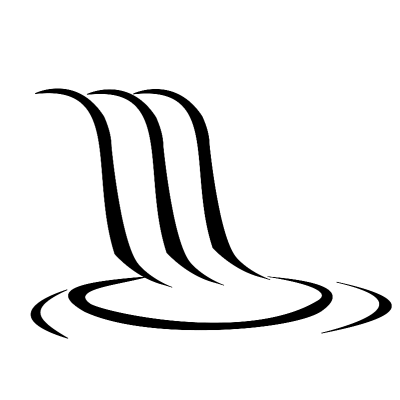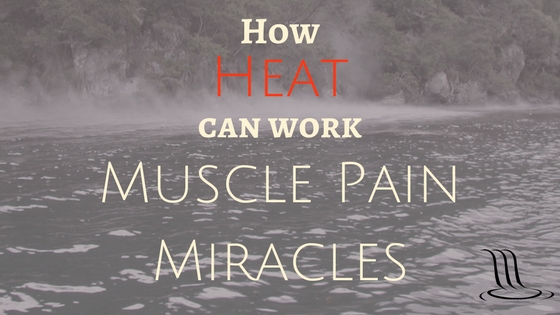
Beauty may be in the eye of the beholder, but don’t let that chestnut fool you into thinking beauty is meaningless–a nice, optional garnish to add to your plate at the buffet of life. Appreciating beauty is essential to living a meaningful life–a life you actually want to live.
There’s a quote from the movie Dead Poets Society that really sticks with you, because it’s true. Robin Williams plays an English teacher instructing his prep school students the importance of beauty in their lives.
“We don’t read and write poetry because it’s cute. We read and write poetry because we are members of the human race, and the human race is filled with passion. Medicine, law, business, engineering, these are noble pursuits and necessary to sustain life. But poetry, beauty, romance, love, these are what we stay alive for.”
What enriching beauty is, and what it isn’t
When we try to enrich our lives with beautiful things, we might be easily distracted. We’re a distracted generation. So many things draw our attention, or even pose as things of beauty designed to enrich your life. Be mindful: don’t mistake mere sensation or stimulation for beauty.
And don’t be fooled with the idea that appreciating beauty has to involve commercial consumption. You can buy art. But you can’t buy taste.
Stop and smell the roses
Have you ever paused to see the beauty in the world around you? Sometimes all it takes is the initiative to look around and appreciate what’s right in front of you. If you’re into journaling, try writing down one beautiful or awe-inspiring thing you noticed or are grateful for each day.
This is really about deepening your mindfulness and the connection to your senses. Habits like meditation, exercise, regular massage, and getting plenty of sleep can help you open and tune your senses to beauty and wonder.
Read poetry
“I don’t like poetry” I hear you saying, probably because you were force-fed it somewhere in your education. But if you write it off because of that experience, you’re walking away from a gold mine of enrichment, passion, depth, and thought.
A poet’s job is to teach you to see the world in a different way. So let them! See the world through new eyes. Try different poets until you find what you like. You can read a massive library of poems from both classic and modern poets for free at your local library, or at http://www.poetryfoundation.com
Listen to music. No really listen.
You may be used to putting music on in the background of this or that activity in your life–work, driving, getting a massage–but when was the last time you stopped to do nothing but listen?
Is your collection kind of tired? Stream something new, branch out, take a chance on something new. But do it for it’s own sake and really appreciate what’s there.
While you’re at it, go see some live performances once in a while. If you know the rock club scene, try the symphony sometime, or vice-versa.
A little more high, a little less low
Challenge yourself! Push your boundaries. Engage with music or art that’s difficult to grasp, that challenges what you know and dares you to learn more.
Whether it’s music, art, literature, earth sciences, or just about any other subject, there’s a whole world of educational resources out there, some for a fee, many for nothing. Most are online, but don’t forget about your local library. It’s never been easier to catch yourself up and fill in the gaps in your education.
“With what time?” I hear you asking. Try turning off the TV! Your Mom agrees with me on this, and we both know it.
Invest in art
As you’ve built your taste and grown your appreciation for beauty, you may find that you’re ready to take the step of buying some art. Don’t buy for status or prestige. Buy something that speaks to you personally, that you’ll delight in every day, that will remind you of the magnificence to be found in the human spirit.
So roll up that Miley Cyrus poster, put it in the rec room, and put an object of true beauty in the center of your life.
Choose to live the good life!
Tom Gunn is the blog editor and marketing director for The Good Life Massage. You can hire him to grow your social media presence or build your brand by contacting him at tomgunn@gmail.com





